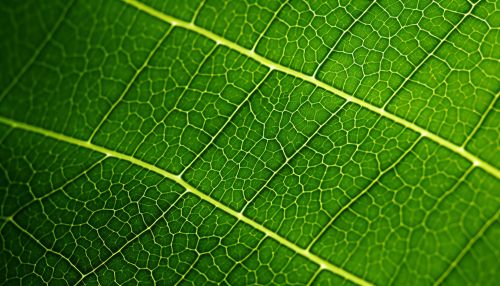Mechanisms of Plant Defense Against Insects and Pathogens
Introduction
Plants, unlike animals, are stationary and cannot physically escape from harmful insects or pathogens. As a result, they have evolved a range of defense mechanisms to protect themselves from these threats. These mechanisms can be broadly classified into physical and chemical defenses, which work in tandem to deter, weaken, or kill attackers.


Physical Defenses
Physical defenses in plants are the first line of defense against insects and pathogens. These include structural features such as thorns, trichomes, and a tough cuticle, as well as the formation of physical barriers like the formation of a cell wall or the deposition of lignin and suberin.
Thorns and Trichomes
Thorns are sharp outgrowths that deter herbivores from feeding on the plant. They can cause physical harm to the insect or larger herbivores, discouraging them from feeding on the plant. Trichomes are hair-like structures on the surface of the plant that can deter insects by causing physical discomfort or by trapping them.
Cuticle
The cuticle is a waxy layer that covers the outer surface of the plant. It serves as a barrier to water loss and prevents the entry of pathogens. The cuticle can also deter insects by making the surface of the plant difficult to grip.
Cell Wall and Lignin Deposition
The cell wall provides a physical barrier against pathogen entry. When a pathogen attempts to invade, the plant can respond by thickening the cell wall or depositing lignin, a complex organic polymer that provides rigidity to the cell wall and makes it more resistant to degradation.
Chemical Defenses
Chemical defenses in plants involve the production of secondary metabolites that deter insects and pathogens. These compounds can have a variety of effects, including deterring feeding, disrupting insect or pathogen metabolism, or directly killing the attacker.
Phytoalexins
Phytoalexins are antimicrobial substances produced by plants in response to pathogen attack. They inhibit the growth of the pathogen and can also stimulate the plant's own defense responses.
Tannins and Alkaloids
Tannins and alkaloids are compounds that can deter insect feeding. Tannins can bind to proteins in the insect's gut, making them indigestible and reducing the nutritional value of the plant. Alkaloids, on the other hand, are often toxic to insects and can cause a range of effects from feeding deterrence to death.
Volatile Organic Compounds
Plants can also produce volatile organic compounds (VOCs) in response to insect attack. These VOCs can serve multiple purposes. They can deter further feeding by the insect, attract predators of the insect, or signal to other parts of the plant or to neighboring plants that an attack is occurring.
Induced Defenses
In addition to constitutive defenses that are always present, plants also have induced defenses that are activated in response to attack. These defenses can be local, affecting only the part of the plant where the attack is occurring, or systemic, affecting the entire plant.
Localized Induced Defenses
Localized induced defenses can include the production of defensive compounds at the site of attack, the reinforcement of the cell wall, or the activation of programmed cell death to limit the spread of the pathogen.
Systemic Acquired Resistance
Systemic acquired resistance (SAR) is a type of defense response where the entire plant becomes resistant to a wide range of pathogens after an initial localized infection. This is mediated by the plant hormone salicylic acid and involves changes in gene expression that lead to the production of defensive compounds throughout the plant.
Conclusion
Plants have evolved a diverse range of defenses to protect themselves from insects and pathogens. These defenses involve both physical barriers and chemical deterrents, and can be either constitutive or induced in response to attack. Understanding these defense mechanisms can provide insights into plant biology and can also have practical applications in agriculture and pest management.
